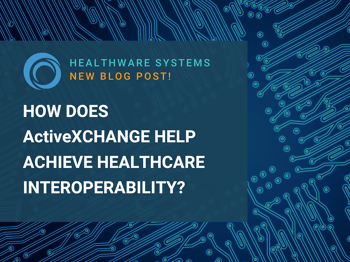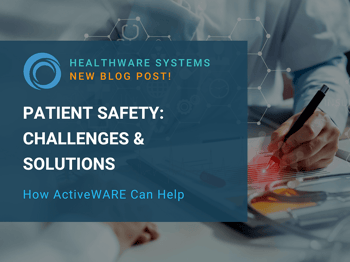Patient Outreach Amid a Pandemic
A robust patient outreach strategy may be the answer to healthcare’s latest problem resulting from the COVID-19 pandemic: Patients are missing preventive care visits at alarming rates.
Here are the statistics:
-
According to research released in May of 2020, at that point preventive screenings for cervical, colon, and breast cancer had dropped between 86% and 94% compared to the same time frame in 2017 to 2019.
-
Research reviewed by the CDC concluded that by “June 30, 2020, because of concerns about COVID-19, an estimated 41% of U.S. adults had delayed or avoided medical care including urgent or emergency care (12%) and routine care (32%).”
-
A study conducted by the University of Oregon found that 28% of families missed a well-child visit since the pandemic started; 12% of the 7,000+ caregivers surveyed said their child missed a scheduled vaccination.
-
In its analysis of health claims clearinghouse records, HCCI determined that through “September 2020, childhood immunizations declined about 23% for the year compared to 2019.”
There are many short- and long-term consequences of a decline in preventive care.
As the CDC states, avoiding routine care may mean missed “opportunities for management of chronic conditions, receipt of routine vaccinations, or early detection of new conditions, which might worsen outcomes.” Fewer immunizations can lead to outbreaks of vaccine-preventable diseases. Children who skip check-ups miss out on social, emotional, and developmental screenings and abuse and neglect surveillance.
Financially, healthcare costs increase for patients, payers, and providers when preventive health services are not adequately utilized, and care gaps adversely affect hospitals’ reimbursement under value-based care models.
Using Patient Outreach to Bring Patients Back
Healthcare organizations must communicate with their patients about the dangers of delaying or avoiding care.
Potential messages may include:
-
Awareness campaigns educating patients on the recommendations for preventive care.
-
Statistics on better health outcomes for early detection of common cancers.
-
A list of preventive screenings that are covered by most health plans.
-
Appointment reminders and alerts for missed appointments.
Additionally, many COVID-related factors are contributing to patients’ avoidance of preventive care, and each of these could be addressed by a patient outreach program as well.
For example:
-
Delays in care could be in response to stay-at-home orders and/or temporary healthcare facility closures. Create a patient outreach plan that notifies patients of your facility’s hours of operation for routine care so that they know you are both open and encouraging regular visits. This will help reduce any uncertainty they have about when to seek care.
-
Patients might be worried about possible exposure to COVID-19 if they visit a healthcare facility. A patient outreach strategy could include information on the measures your organization is taking to reduce this risk, such as your cleaning procedures, face mask requirements, social distancing rules for staff and patients, strict visitor limitations, and moving non-essential staff off-site. Reassure patients of your efforts to keep them safe.
-
Patients may be experiencing unemployment, a loss of health insurance, and/or other financial hardship. Many are unaware of financial assistance programs that could help cover the cost of their medical bills or that they may qualify for another health plan. Start a patient outreach campaign that informs them of these options, especially if your health system can help them apply for financial assistance and/or health coverage!
As the pandemic continues to confuse patients about when to seek care and why, it is imperative that you reach out and communicate with them.
Patient Outreach: ActiveXCHANGE by HealthWare Systems
ActiveXCHANGE can be bundled with our messaging platform to add automated voice messages (TTS), text, email, pagers, fax, and traditional mail to create a physician and patient outreach engine for alerts, reminders, requests for information, and post-acute care follow-up.
Request a live demo of ActiveXCHANGE to learn how we can help you build a patient outreach program to bring patients back to your facility and the critical preventive care they need.

